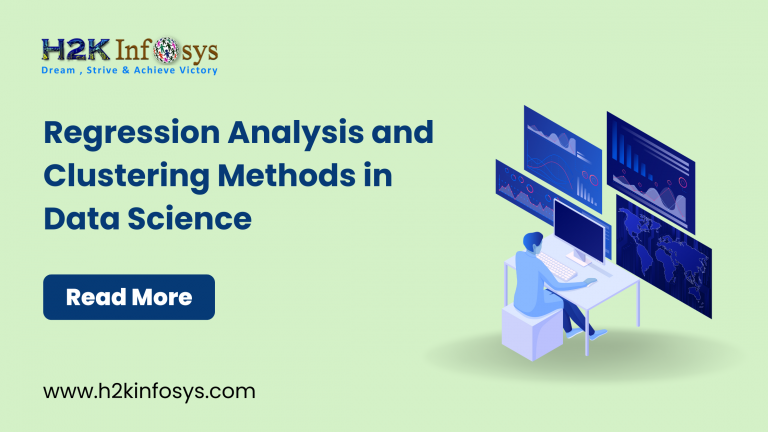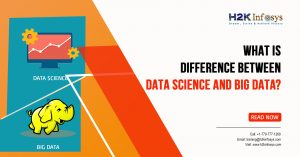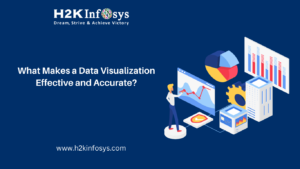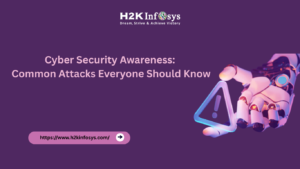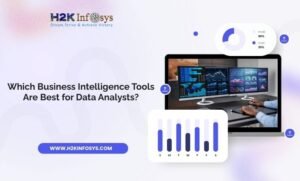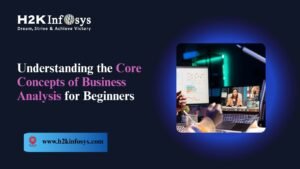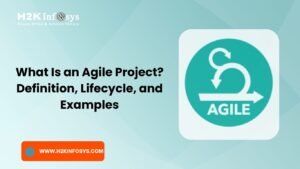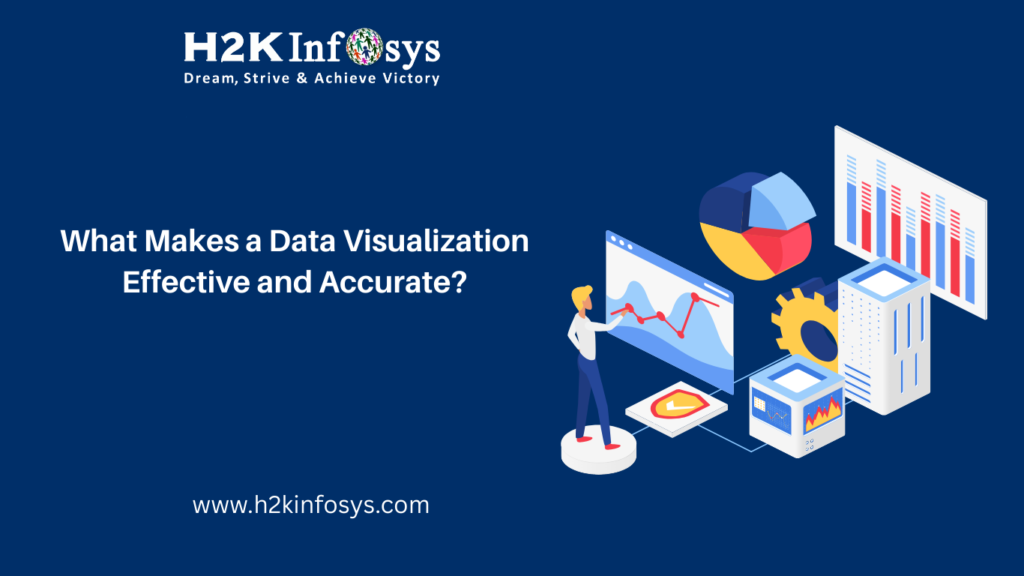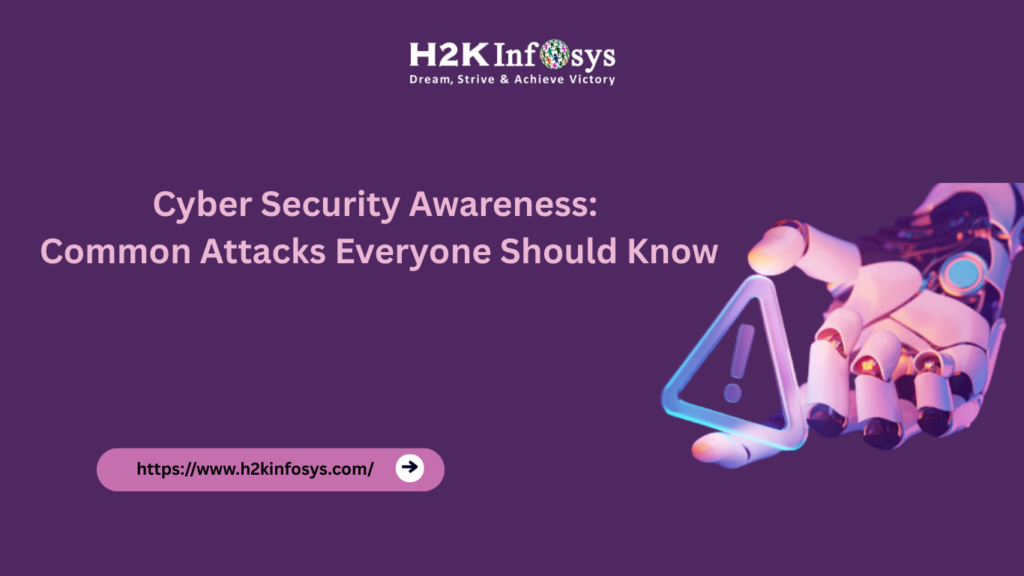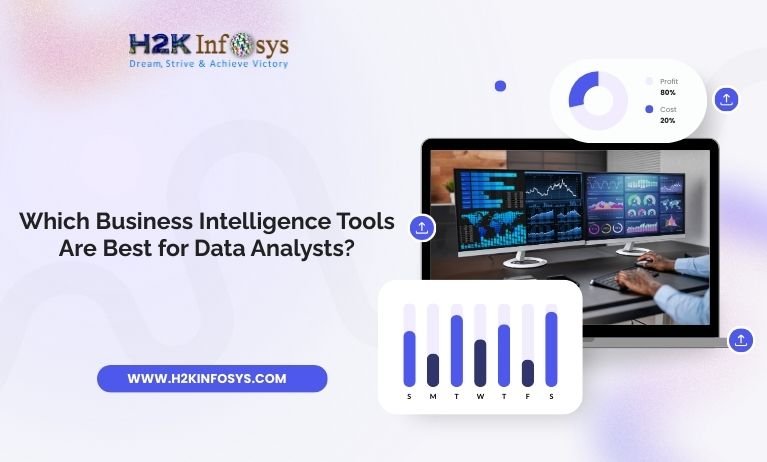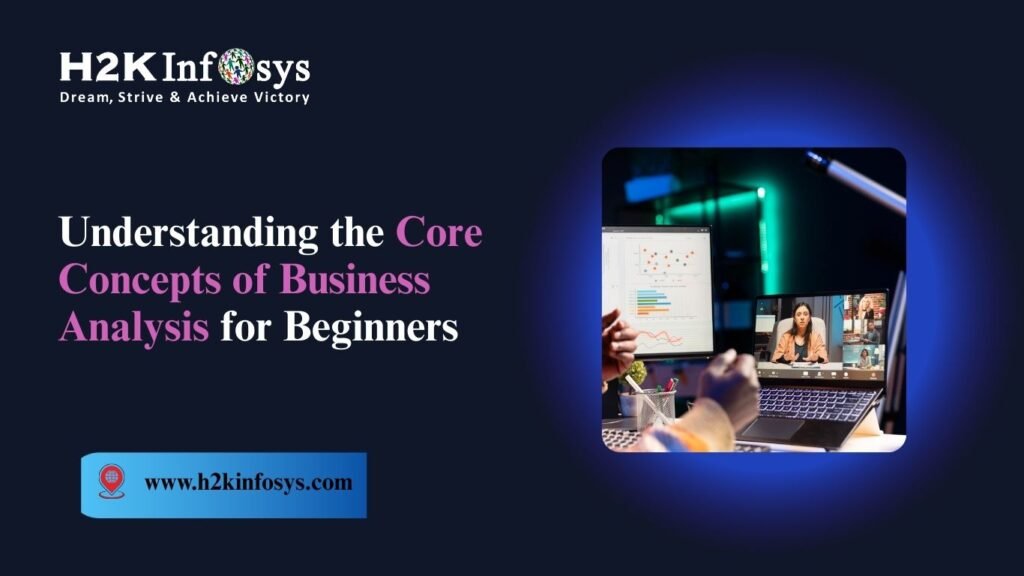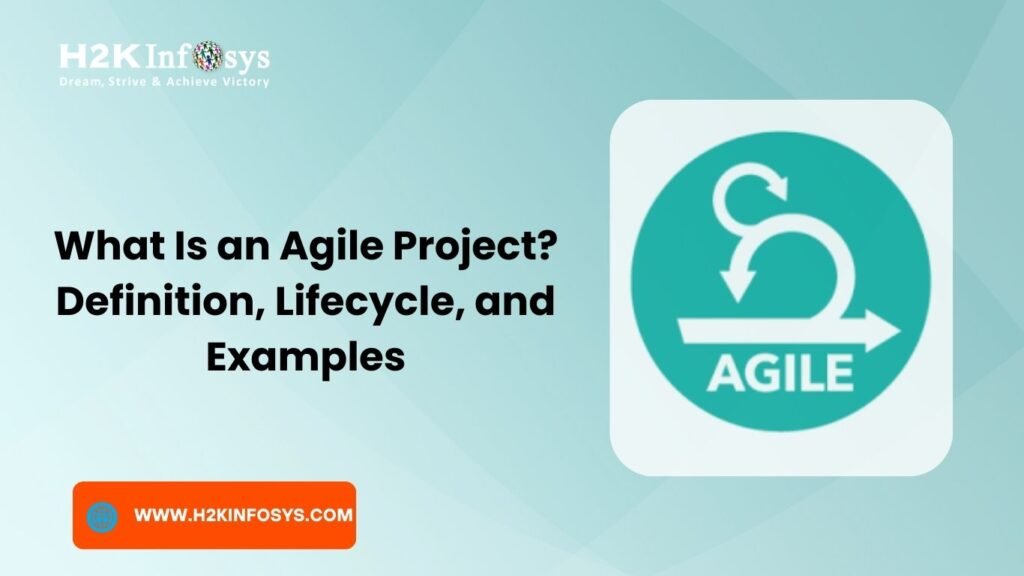The amount of data we can gather and analyse is increasing at an exponential rate as computing technology advances. Data may be meaningfully gathered, compared, analysed, presented, and made actionable for almost any topic imaginable. Proactive and creative data science algorithms are becoming more and more crucial tools to make sense of large, frequently fragmented datasets as more data is generated than ever before. Let’s examine these methods. You can check out our Online Data science course to learn more about other Data science methods.
Regression Analysis
Regression analysis is a machine learning-based technique that eventually serves as a predictive model. The relationships between various independent variables and how they stack up against a single dependent variable yield the predictions. Regression analysis is a useful approach for data science issue solving that can help you predict more accurately how the value of the dependent variable you’re comparing and measuring will change.
Various types of regression analysis can be applied, depending on the project’s goals and scope. Essentially, though, the entire dataset that is being worked with and/or examined ought to be split into two distinct groups: a training set and a testing set. These two distinct groups function as the sources of comparison that will provide the prediction model its structure through regression analysis. In particular, the training dataset will utilise its own data points to construct a line that displays the independent variable against the dependent variable on a graph. Depending on the approach and data, the line may be straight or curved.
The values of the dependent variable present in the testing dataset will then be predicted independently using the model built from the training dataset. Regression analysis encompasses various methods for calculating these predictions, including R-squared (sometimes called the coefficient of determination), Pearson correlation coefficient, and root-mean-square deviation, among others. The overall accuracy score can be better understood when the training and testing datasets are compared and run using programming languages such as Python, R, or SQL. You can then adjust how you have divided the datasets if the score falls short of a predetermined accuracy level.
Furthermore, distinct projections can be created using various regression analysis techniques, some of which may even be more accurate than others. When polynomial regression analysis is used in place of linear regression analysis, this improvement typically occurs. You must employ various equations to accomplish this step, which, depending on the variables you’re working with, may not even be necessary in some cases. Mainly, the graphs’ appearance and the way the projections are made will highlight the distinctions between the two: polynomial regression analysis includes a curve as it covers various degrees, whereas linear regression analysis features a straight line or lines.
Why is regression analysis used?
This approach for machine learning and data science allows you to create models with predictive power for practical applications. For instance, regression analysis is probably one of the data forecasting methods used by real estate market data analysts to predict price rises and declines in particular neighbourhoods. Real estate investors can then use these models to make data-driven decisions that will either help them expand their businesses or prevent them from making significant financial errors.
Clustering Methods
Clustering analysis is a crucial approach in machine learning and data mining that divides datasets according to their similarities. Stated simply, things that exhibit similarities to one another are functionally clustered together, whereas those that exhibit significant differences are separated from one another. These items group together to create clusters that are isolated from other clusters that include different objects.
An important data science tool is clustering analysis, which allows an algorithm to independently find patterns that the grouped data points reflect. In addition to being useful for identifying and elucidating outliers and other abnormalities, clustering analysis also helps identify and categorise distinct groups within a dataset or extracted from multiple datasets.
There are several ways and routes through which clustering analysis can be carried out. Clustering can be used as a data science technique “to identify groups of similar objects in datasets with two or more variable quantities,” according to graphics processing unit juggernaut NVIDIA. Furthermore, the majority of data scientists and analysts will use several clustering methods in order to do an accurate, thorough, and efficient analysis.
Why is clustering analysis used?
In the real world. Clustering analysis has been extremely important in a variety of fields, including cybersecurity, market research, genetics, x-ray and imaging technologies, and so on. Clustering methods provide global marketers of big brands with information on target audiences in the context of market research. Through the integration of numerous datasets covering socio-economic, psychographic, geographic, and demographic data for various communities and demographics, these marketers are better able to comprehend the unexpected similarities and differences across various groups of individuals. Based on data that they couldn’t have more often inferred, marketers for these large corporations can then use clustering analysis to develop persuasive messaging that appeals to the largest number of potential buyers.
Conclusion To learn more about other Data science tools, check out the Data science online training.
